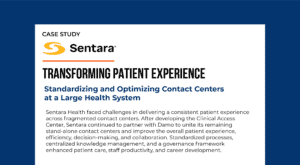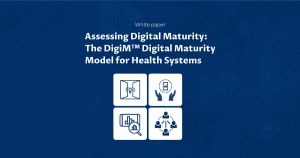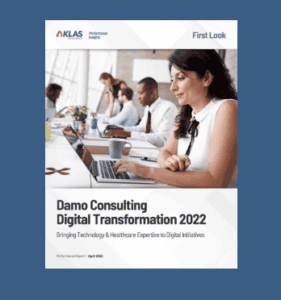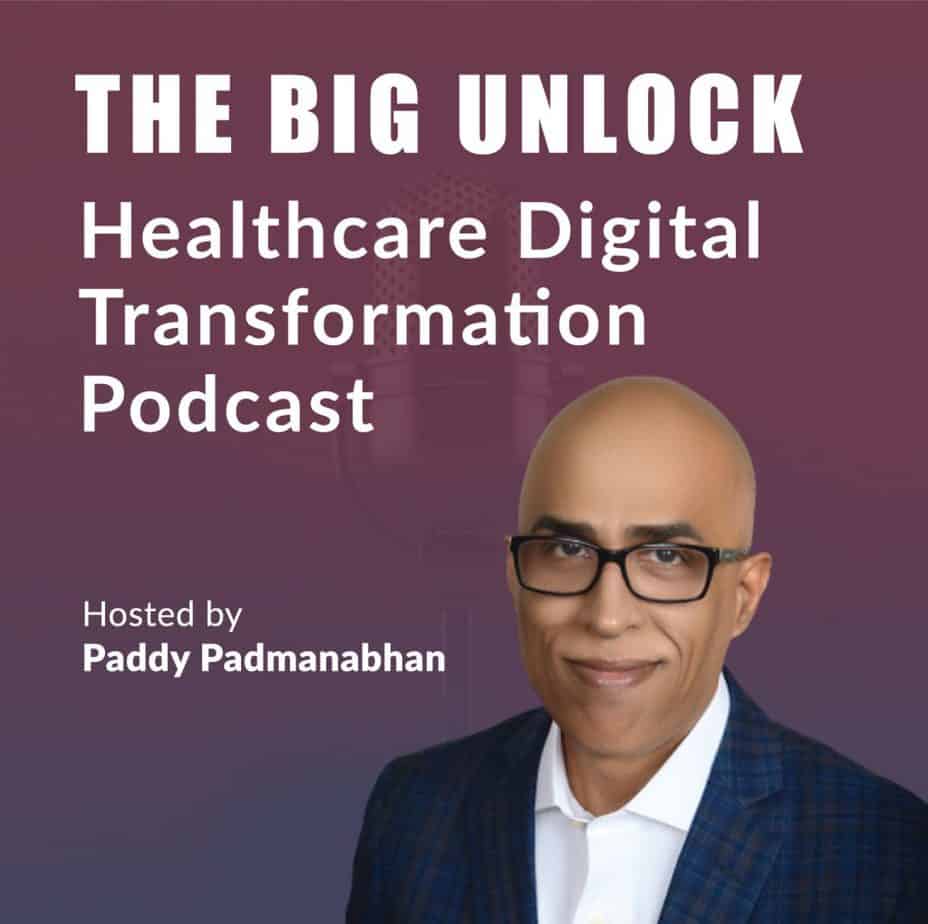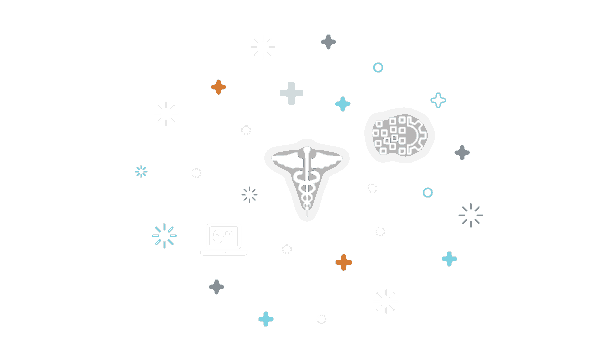Embracing the New Normal: Shifting to Virtual Care in Healthcare Post-COVID-19
– Dr. Ram Raju, SVP and Community Health Investment Officer at Northwell Health
Our recent podcast guest on The Big Unlock podcast was Dr. Ram Raju, SVP and Community Health Investment Officer at Northwell Health. Dr. Raju discusses Northwell Health’s experience and response efforts with reference to the COVID-19 crisis with Paddy Padmanabhan, CEO of Damo Consulting.
Listen to the full conversation
“The coronavirus pandemic is something which none of us were ever prepared for or even dreamt about. Northwell as well as the other healthcare delivery systems in New York City have raised up to the challenge. Especially the providers and the frontline workers have done a fantastic job of managing the flow of the patients, testing, and treating them, and able to stay with the patients while putting themselves at great risk. The health system has done a remarkable job of trying to save as many people as they could. So, this has been a story of the greatest success.”
– Dr. Ram Raju, The Big Unlock
Virtualized care delivery
Northwell has been a leader in telemedicine for the last five or six years. They use telemedicine to a great extent to treat patients at high risk. Their telemedicine capabilities accelerated tremendously after the coronavirus pandemic.
“There was a little bit reluctance on the part of the patients to the telemedicine concept. But this pandemic opened avenues and made it more normal for the patient to be able to get on a telemedicine call and able to chat. There is a huge cultural change that has happened. And people will be getting more and more care and consultations through virtual care technologies to a great extent.” – Dr. Ram Raju
According to Dr. Raju the healthcare delivery systems too will need to change their workflow with the changing face-to-face care delivery model to virtual care technologies. Patients will not be going to visit clinics in the coming time which might mean that some of the healthcare delivery systems will need to shut their facilities. Hence, in the coming years primary care will leverage technology to shift face-to-face medicine to virtual medicine.
“In future, there may be a good number of people probably seeking care and getting advice through virtual care technologies. That means we need more hardware, more software, and more situation room kind of things where we can guide the patient through the system effortlessly with minimal delay. We will need to really figure out how can we shift from face-to-face medicine to a virtual medicine. We need to gear up certain areas of our support system to accommodate high demand on the virtual doctor’s visit. We will see a shift from primary care to virtual technology and specialty care will probably sit in the hospitals. And the hospitals will need to figure out how can they shed their primary capacity real estate and acquire more real estate on the specialty.” – Dr. Raju
The widening gap in two-tier healthcare system
Dr. Raju shares deep concerns on the widening gaps in our two-tier healthcare system. At one place healthcare is shifting to virtual care technologies but there is this socially vulnerable population who are either not capable of utilizing the technology or they do not have the technology to get it done.
“The problem is a group of people, I call them socially vulnerable populations, which has been my main focus for the last 19 years and I am constantly trying to figure out how can we create health equity, social equity, and social justice for that population. There are people who do not have either the literacy level or knowledge level to be able to get this technology and the ability to utilize the technology or the inability to access a computer or a fast internet, which will make virtual care easier. I am worried that it will create more health care disparities for this socially vulnerable population. This is the population we call social determinants of health.” – Dr. Raju
He further states that healthcare delivery systems in the country will have two divisions – hospitals which purely cater to the people who are socially disadvantaged, like public hospital systems; and hospitals who cater to those with good insurance. However, the two-tier healthcare delivery system will get further divided. Hospitals with clinical facilities of face-to-face encounter with the patients, which is widely utilized by the socially disadvantaged people, will invest more time and energy on using virtual care technologies.
“The two-tiered healthcare delivery system will get further divided. I’m very worried because the problem with that is the hospitals, which are really trying to stay at the cutting edge of this will probably invest more time and energy on telemedicine, teleradiology, and telepsychiatry that they’re using virtual care will probably think in better investing than opening up the face-to-face encounter, which will probably be widely utilized mostly by socially disadvantaged people. There will be another shift of the values in this and the question comes in, how do you protect them and that is a bigger question to ask.” – Dr. Raju
Digital transformation acceleration in the coming years
Dr. Raju believes that digital transformation in hospitals will accelerate in the coming years. Healthcare delivery systems will focus more on the use of digital technologies to reach more and more patients in more effective ways.
“The cultural barrier of some people believing that they are getting a business done through virtual care technologies, somehow inferior to a face-to-face encounter is broken. People are not reluctant anymore to seek care and they are happy with the care they get through a virtual technology. This is completely going to change the way most of the hospitals are going towards creating the digital platforms and digital technology in acquiring or contracting that to take care of the patients. All those things are going to make the hospital go in the next few years race towards technology, a race towards the digital platforms and all the things that they need to do. So, there will be less of a footprint of the hospital and the footprint will be more by the digital technology, which extends its influence over a larger footprint than they ever imagined in the past.” – Dr. Raju
More video clips than text notes in EHRs and EMRs – the new normal in future
With regards to the final interoperability ruling, Dr. Raju sums up that how we store the data in the EMR is going to be very different in the future than it is today. Data in the EHRs and EMRs will be in the form of more video clips than text notes. These video clips will come from various sources, like smart phones, which will not necessarily be encrypted at the required level. Hence, the final interoperability rule will take a different turn in future.
“We need to think how the EHR or EMR might look like in the future. We are moving into the virtual care through telemedicine. The handwritten notes or the typewritten notes are gone. We will be storing the patient’s information and their visits through videos into their EMRs because no one is going to go back and write anything or type anything into it. All the EMR in the future will be basically the video clips of meetings of the patients talking to them. So, the EHR will probably have less typing or less information. That means the interoperability, which has worked so hard to create and connect the various aspects of it will probably take a different turn.” – Dr. Raju
Dr. Raju believes that after we leave behind the current pandemic, the new normal will be different and things will change tremendously.
“The new normal will be very different. A lot more will be on the virtual level. The normal, as you know, will be very different. This is very difficult to predict because we do not know what it looks like, how much of tolerance and how much of confidence we will have is something which we do not know.” – Dr. Raju

